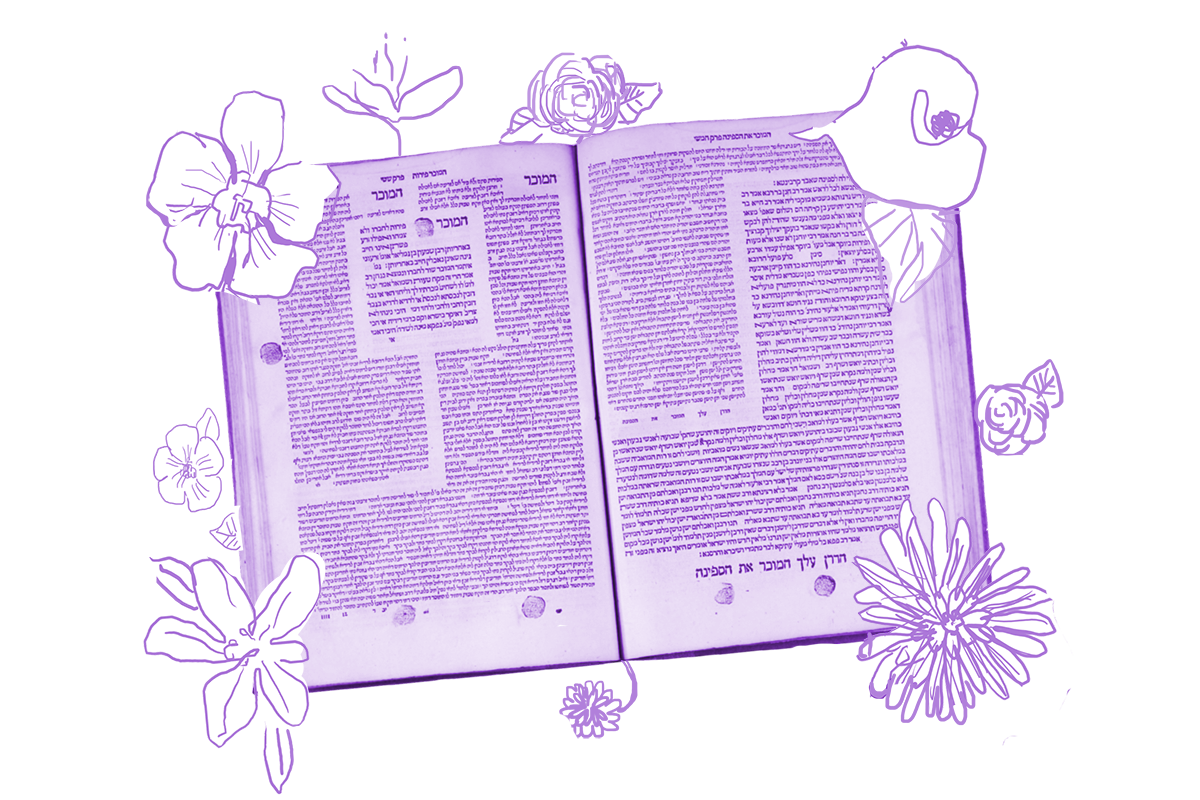There are perhaps few things more alluring than the idea of finding the long lost Ark of the Covenant. And not just for Indiana Jones, but for the rabbis as well. In antiquity, the Ark had a habit of getting lost: it was captured (and later returned) when it was marched into battle with the Philistines and it was hidden when Israel went into exile in Babylonia (at least, according to Reish Lakish; Rabbi Elazar disagrees). Even at the time when the Second Temple stood, its whereabouts were a mystery, as the end of a mishnah on yesterday’s page makes clear:
A certain priest who was going about his duties saw a floor tile that was different from the others. He went and told his fellow priest but did not manage to get all the words out before his soul departed. By this they knew with certainty that this was where the ark was hidden.
The poor priest expired before he could reveal the location of the missing Ark — it’s location was meant to remain a mystery. Sorry, Indiana Jones!
That, of course, doesn’t stop the rabbis from speculating about what it looked like. On today’s page, the rabbis argue endlessly over its precise dimensions and imagine what else was hidden alongside it, including a container of manna, a flask of perfumed oil used to anoint kings and priests (today’s page divulges the recipe), and Aaron’s staff with blossoms and berries.
With your help, My Jewish Learning can provide endless opportunities for learning, connection and discovery.
Beyond these mysterious lost cultic items, there was of course the most precious contents of the Ark: the divine word itself. The rabbis imagine that the Ark contained two sets of the Ten Commandments: the original set that Moses procured on Mount Sinai and then smashed into the Golden Calf, and a second set that he retrieved from God after smashing the first. They also imagine it contained a scroll of the Torah — at least according to Rabbi Meir. Rabbi Tanhuma suggests that the scroll was actually placed in a different box that was kept alongside the Ark.
What did those two sacred tablets look like? Rabbi Hanina ben Gamliel gives us the image with which we are most familiar: five commandments on each tablet. However, there are many other views. One suggests that all Ten Commandments were written on each of the tablets. Ibn Ezra and other commentators speculate that one tablet contained the version of the Ten Commandments found in Exodus and the other contained the slightly different version found in Deuteronomy.
The suggestions get more fanciful. The famous ancient Jewish mystic Rabbi Shimon bar Yohai suggests that the Ten Commandments were written twice on each tablet, for a total of twenty commandments on each. We might imagine that they were written out twice in full or, as one commentator suggests, they were written on one side of the stone but were miraculously visible from the other side. Law refuses to be hidden.
There’s more: Hananya, the nephew of Rabbi Yehoshua, suggests that the stone tablets contained not just the words of the commandments, but also oceans of commentary — as if the words never existed on their own; the project of interpretation began at the precise moment of revelation.
The last image on our page is the most searing:
Rabbi Pinhas in the name of Rabbi Shimon ben Lakish (a.k.a. Reish Lakish): The Torah that the Holy One gave to Moses was given to him as white fire engraved with black fire. It is fire mixed with fire, carved from fire, given from fire, as it is written: At God’s right hand was a fiery law unto them. (Deuteronomy 33:2)
Resh Lakish gives us a glimpse of the awesome primordial Torah — one that existed before creation, before the existence of the flora, fauna and minerals that are necessary for such prosaic things as carved stone tablets, parchment scrolls and ink. This Torah is all fire, all light. The words, even the background, shine brightly outward and contain unknowable depths. We can imagine the words dancing like flames, always in motion even as they hold their place eternally. And this paradoxical image of black fire suggests that even that which is darkest shines intensely. What archaeologist wouldn’t want to dig that out of the ground?
Read all of Shekalim 16 on Sefaria.
This piece originally appeared in a My Jewish Learning Daf Yomi email newsletter sent on April 6th, 2021. If you are interested in receiving the newsletter, sign up here.



